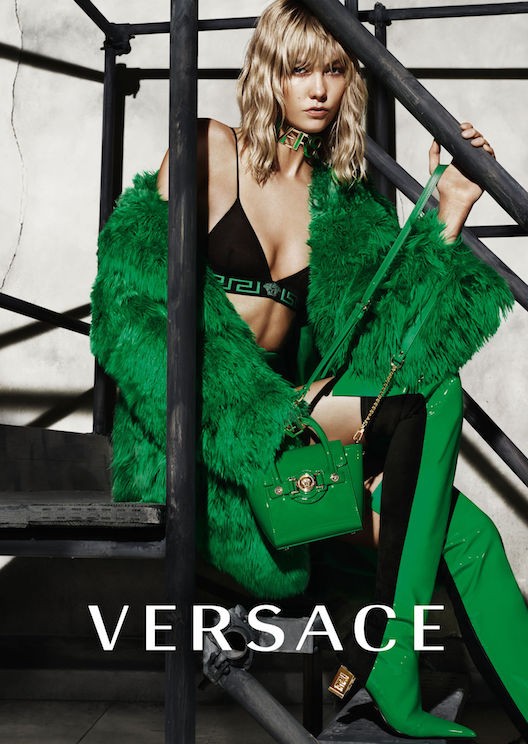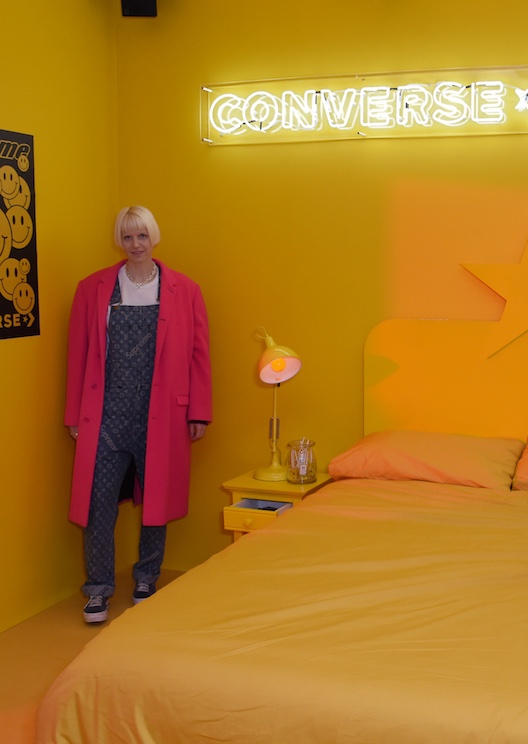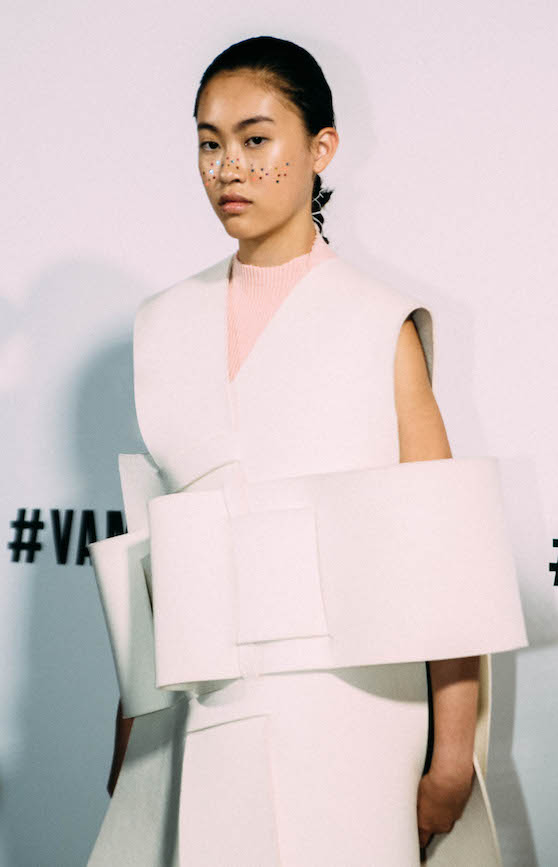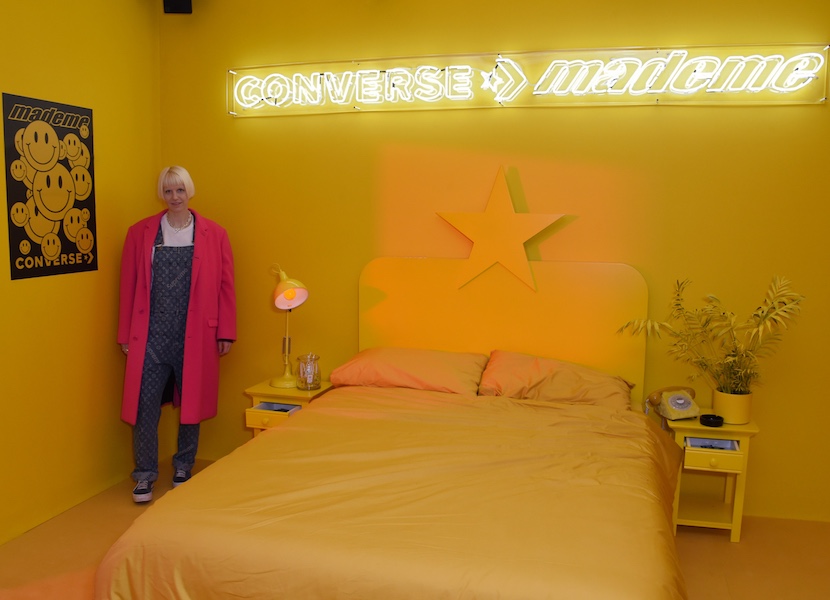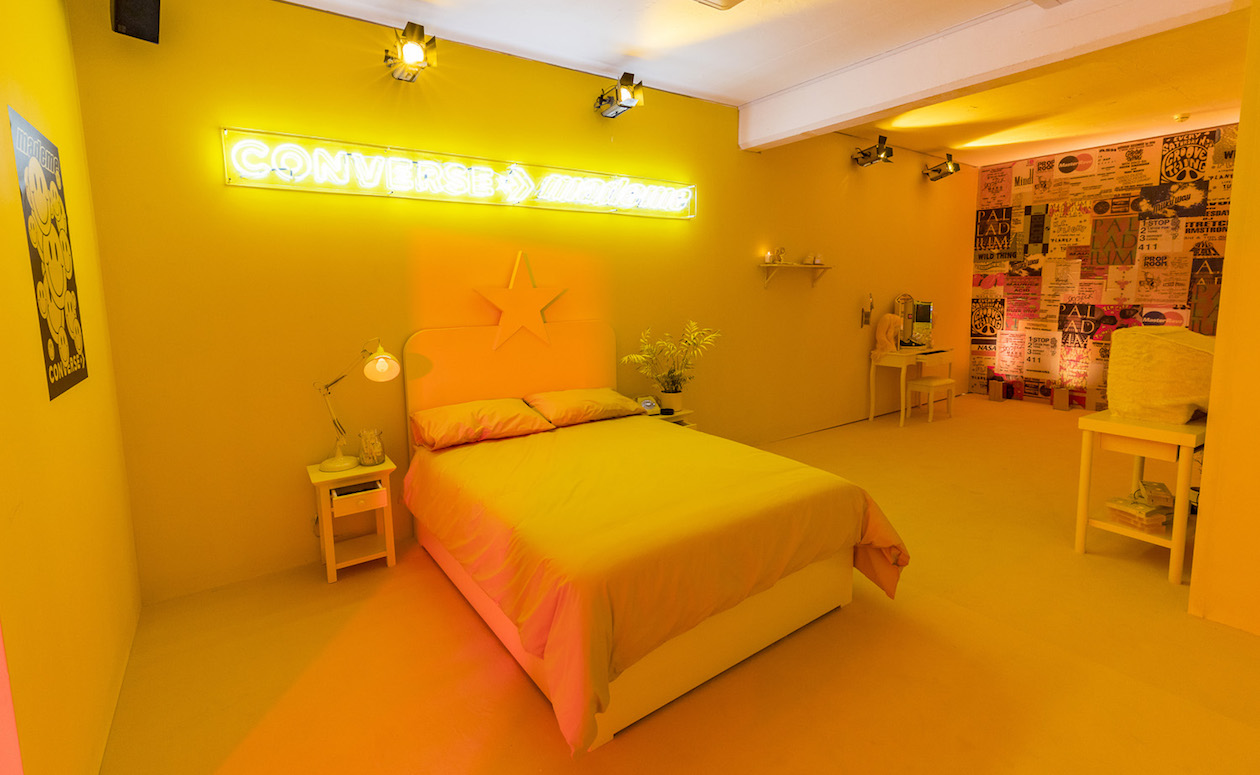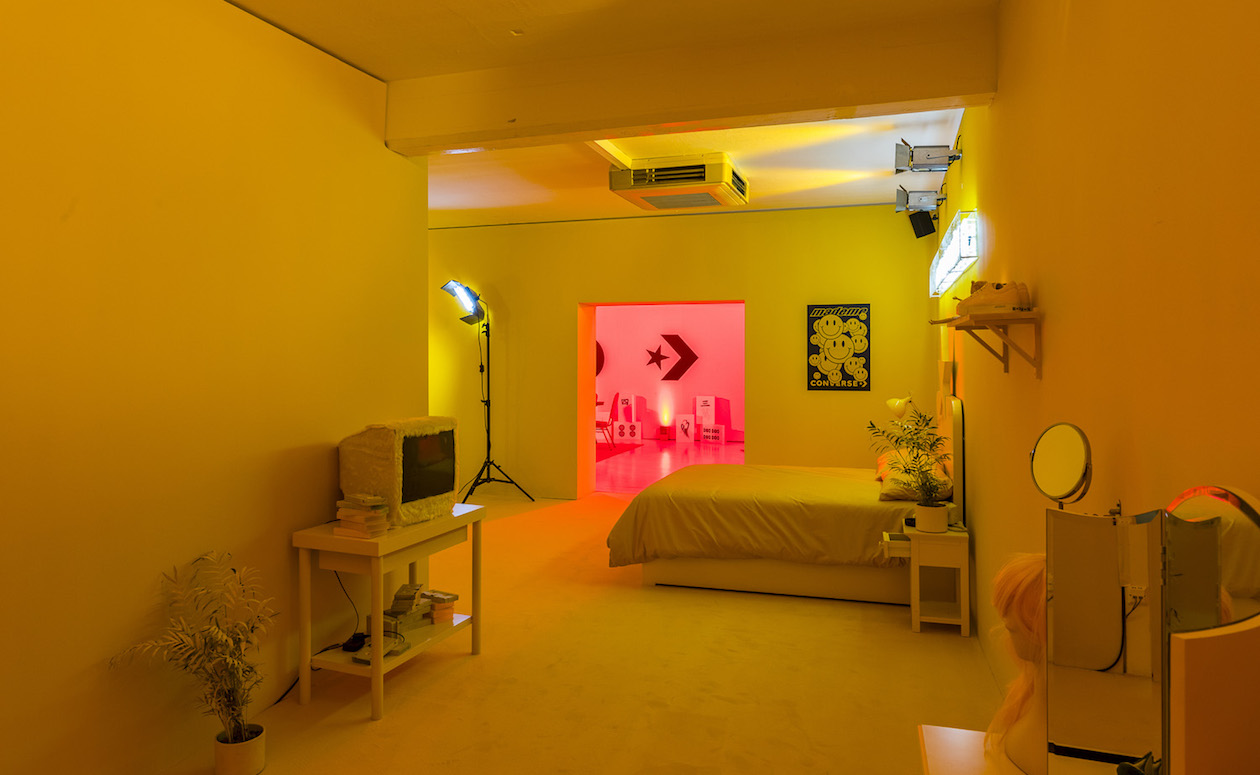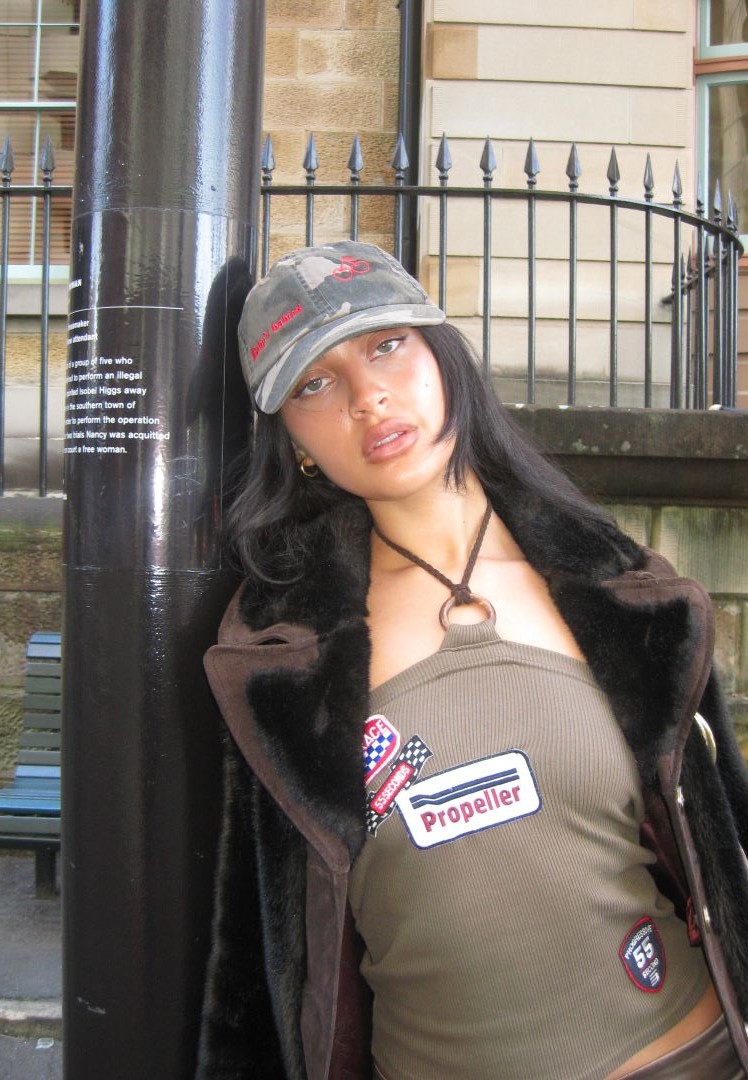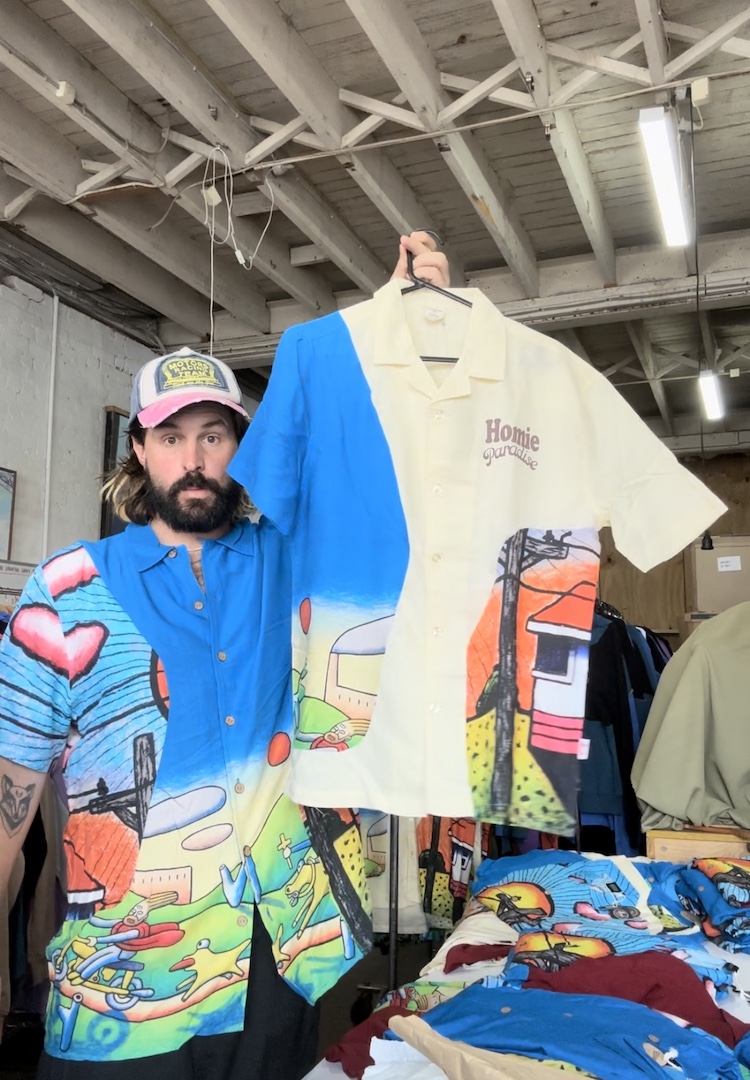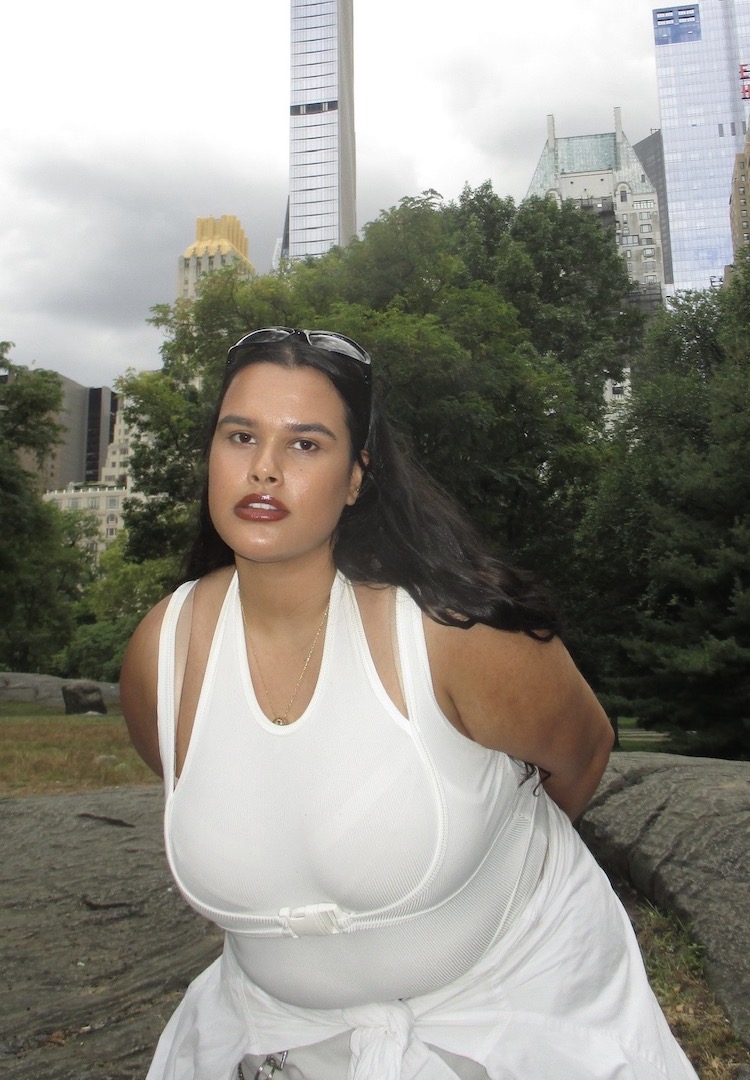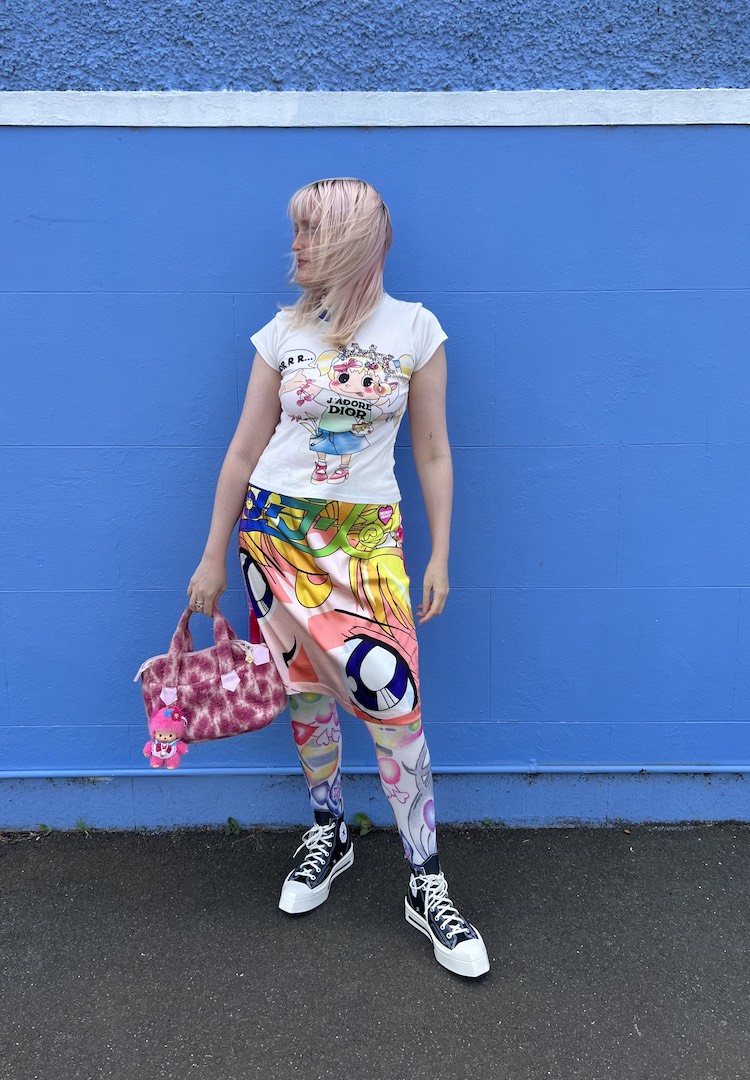MadeMe’s Erin Magee on women’s streetwear and collaborating with Converse
Making a mark.
A brand by girls, for girls, MadeMe has had a niche following since its inception in 2007. The label fills a void in the male-dominated streetwear industry, celebrating countercultural ideas and bold styles for women who don’t just want to blend in.
Alongside a host of influential collaborators, MadeMe designer Erin Magee was invited to curate a room at the One Star Hotel. While in London, we caught up with Erin in her ‘hotel room’ to chat feminism, streetwear and her sneaker collaboration with Converse.
Tell us a little bit about the room that you’ve curated here at the Converse One Star Hotel.
Well, Converse asked me to do a bedroom, obviously, ’cos it’s in a hotel. I was kind of like, ‘oh my god, if I have to see another girl’s brand photographed on a bed, or in a bedroom…’ I was like, ‘do we need to see that again? No, we don’t need to see that again.’ So I was thinking of a cool, kind of eerie, smart way to do a girl’s bedroom – that’s like a really creepy movie. This room is supposed to feel just a little bit creepy when you walk in with all the dolls and stuff.
So, what’s it been like collaborating with Converse?
They’ve been great to work with. Our brands have a lot of really great synergy. We are releasing two limited-edition One Star platforms with a corduroy upper and a platform sole in green and yellow. For now, it’s exclusive to the One Star Hotel.
Who can you see wearing your Converse x MadeMe sneaker collaboration?
I think anyone who’s kind of underground and doing their own thing, you know? Somebody who’s going against the grain and atypical.
What kind of woman do you design MadeMe for?
Anyone who identifies as female – I’d probably put it like that. I’m not trying to say you can’t like MadeMe if you’re a guy or whatever. It’s for anyone who identifies as liking girls’ stuff. Streetwear is often very male-centric, and has a boys’ club feel to it. MadeMe is kind of the opposite of that. It’s a place where all people can feel cool and happy. Way back in the day I shot Andreja Pejic, who was Andrej at the time. So I’ve always kind of dabbled in that queer zone and queer culture.
In terms of casting, what do you look for in models to represent your brand?
I take my casting very seriously, if you couldn’t already tell. I’ve used Princess Nokia a lot, and she’s actually going to be in my new campaign. It feels to me like she’s doing the same thing as MadeMe. Her real name is Destiny and she’s a rapper, so she’s around all these dudes in the rap world. She has it worse than I do, I think. She’s a woman, she’s queer… like all these things that the rap world just isn’t, you know? And I feel like that’s what MadeMe is too. It’s like we’re in this ‘streetwear zone’ by default, around all these straight rapper/streetwear dudes.
So I guess right now my two girls are Destiny and Lola [Madonna’s daughter Lourdes ‘Lola’ Leon]. Lola’s so cool, she’s a really mysterious figure. I think a lot of people don’t even know who she is. She doesn’t put herself out there too much, you know, which I love about her. She could be cashing some major cheques, but she doesn’t feel the need to do that. I think she just does things that she connects with. That’s why I think her and I work well together.
Over the last decade, what kind of changes have you seen in the streetwear industry?
I think streetwear – I hate that word by the way, we need to come up with a new one – is how people dress now, that’s the major change. It used to be really underground. It shouldn’t even be called streetwear, it’s should just be called clothes. It’s not like some secret thing anymore. Hypebeast is one of the most popular websites in the world now, you know?
This article was originally published in Fashion Journal 177. You can read it here.

